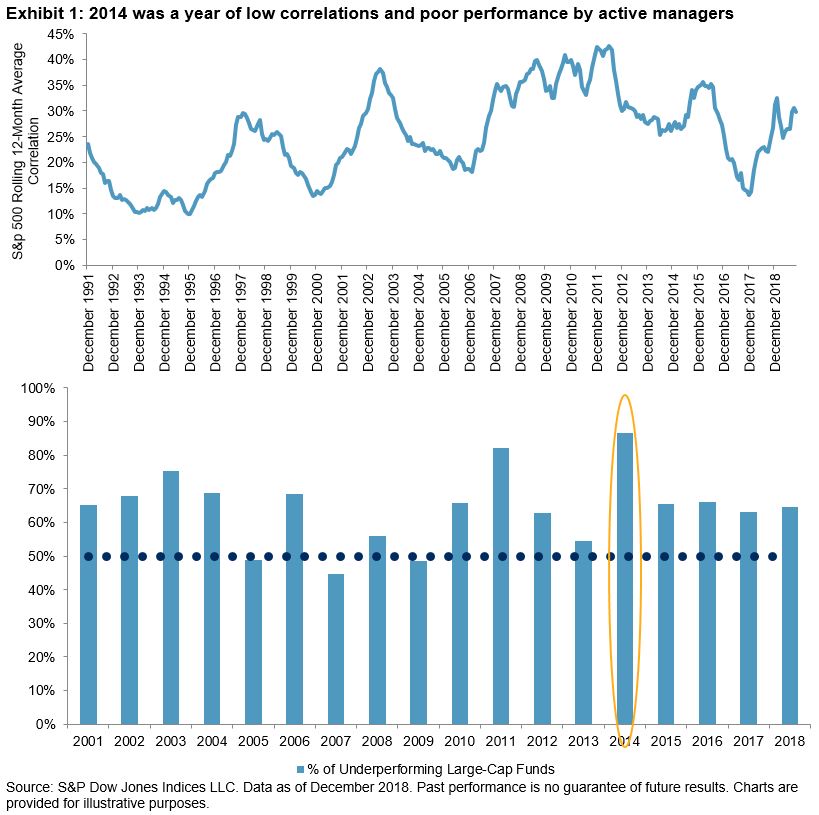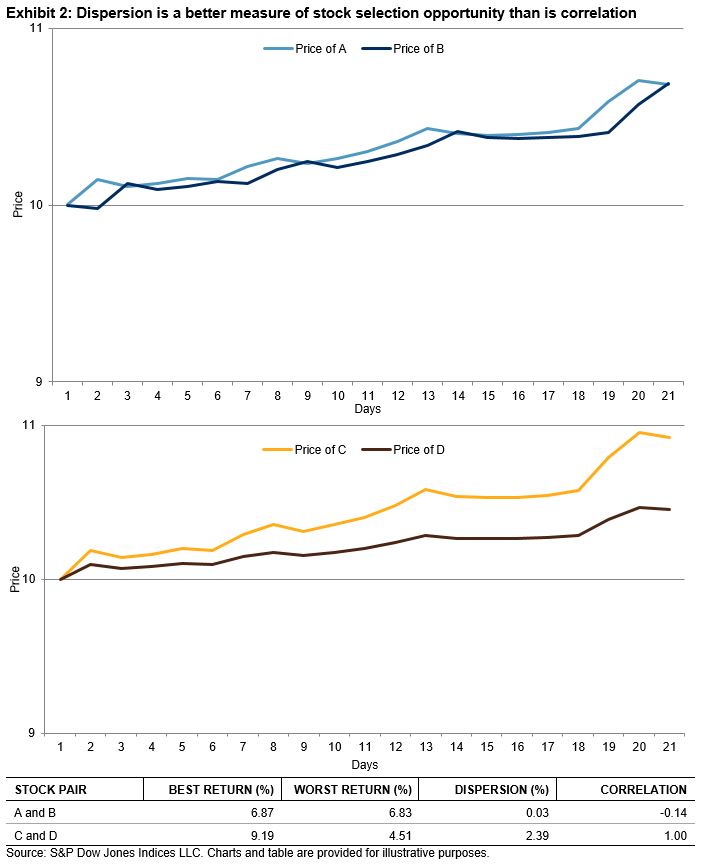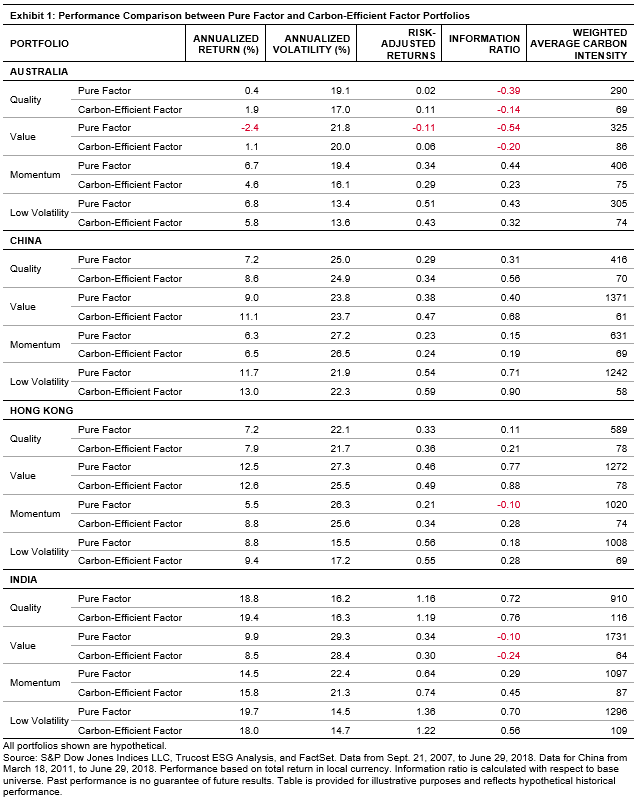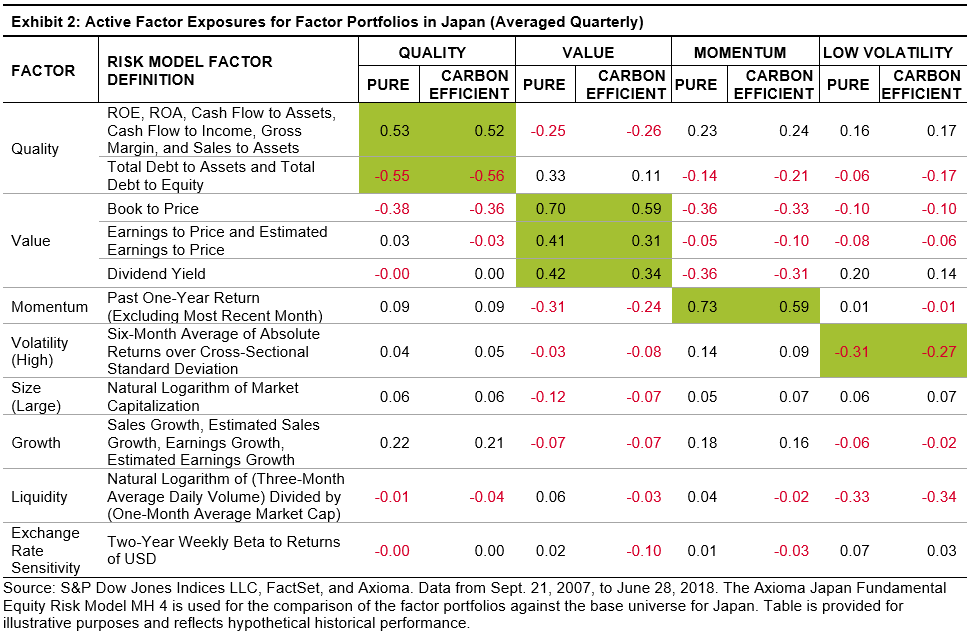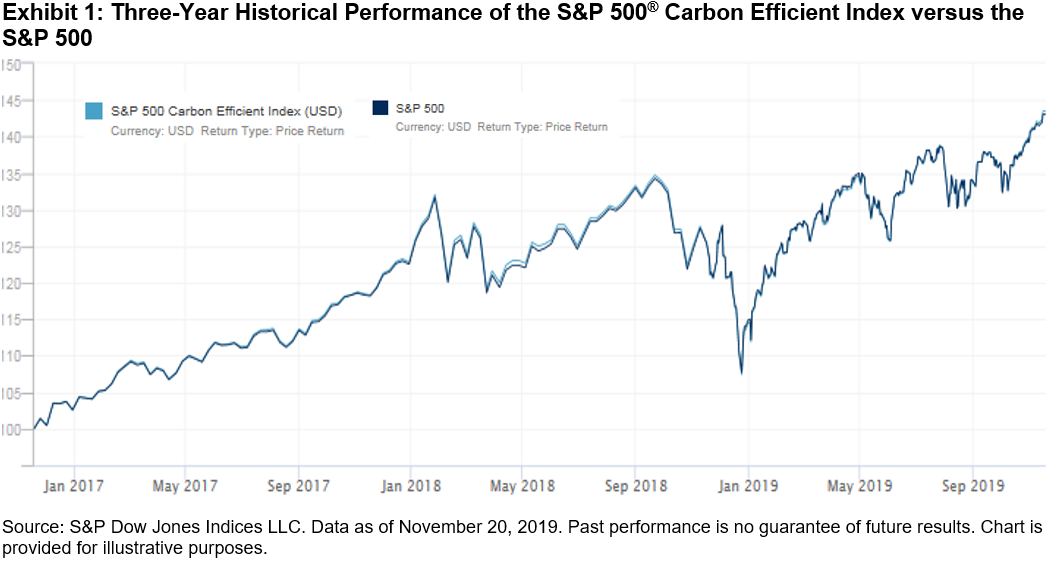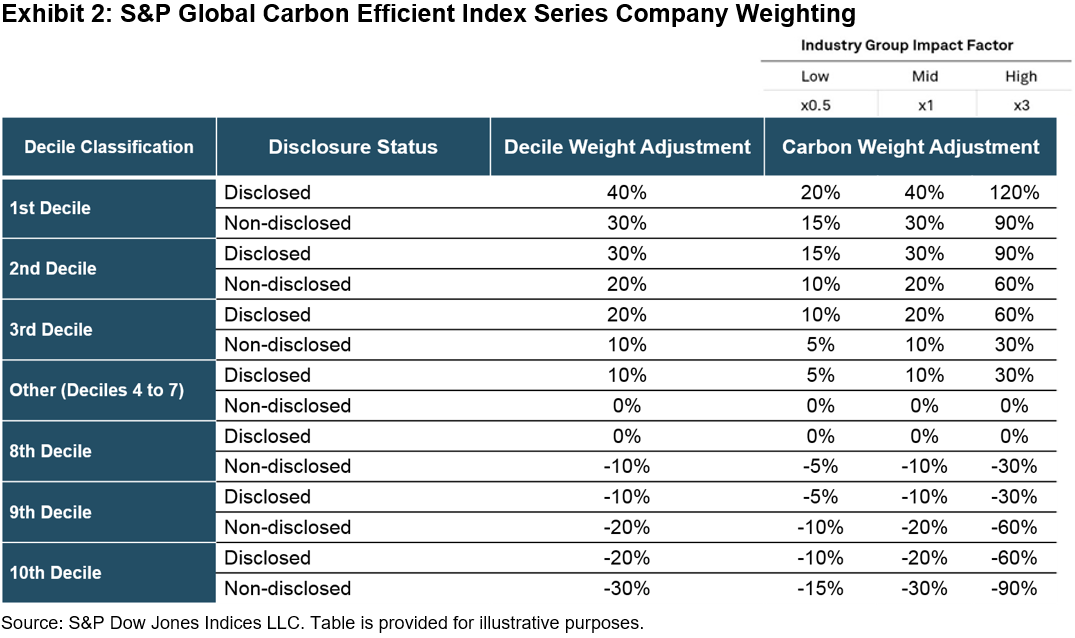The critics of passive investing are nothing if not creative. One of their objections to the growth of index funds stems from the putative problem of “common ownership.” The argument is that index funds’ ownership of many of the competitors in most industries encourages or facilitates collusive behavior. “[T]he fear is that by owning chunks of many companies in a sector…investors are influencing them to act in ways that maximize gains for all. That is opposed to pushing individual companies to compete more vigorously with rivals and undercut one another on price.”
Many of the fronts in the counterattack against indexing are manned largely by active investment managers; this one, in contrast, seems to be mainly the province of academics, and especially of law professors, some of whom think that index fund ownership of much of corporate America violates anti-trust law. Probably the most often-cited example of the putative common ownership effect is an academic claim that U.S. airline ticket prices are “10% to 12% higher because of common ownership.” No one, interestingly enough, claims that index funds explicitly encourage corporate managements to fix prices; rather, index managers supposedly don’t encourage vigorous competition. “Doing nothing, that is, not pushing portfolio firms to compete aggressively against each other” supposedly produces anti-competitive results because corporate managements know that their shareholders are also owners of their competitors. “Softer competition” is simply a result of the nature of every corporation’s shareholder registry.
It’s not hard to understand why professors like this argument so much: it’s clever and reflects a basic understanding of industrial structure. Monopolies are more profitable than competitive markets. However, making the argument that index funds are the likely driver of monopolistic behavior requires us to believe in two additional propositions:
- The sum of the profits of competing firms will be higher if they share a monopoly than if they compete against one another aggressively.
- Some shareholders, including (but not limited to) index funds, own shares in more than one competitor, and may therefore be happy with their proportional share in a monopoly.
The problem is that proposition 1 does not depend on proposition 2. Having a share of a monopoly may be more profitable than competing actively, for both shareholders and firms, even if there is no overlap in ownership. If there are competitive issues in some industries, index funds can’t be fairly blamed for producing them.
The posts on this blog are opinions, not advice. Please read our Disclaimers.











































